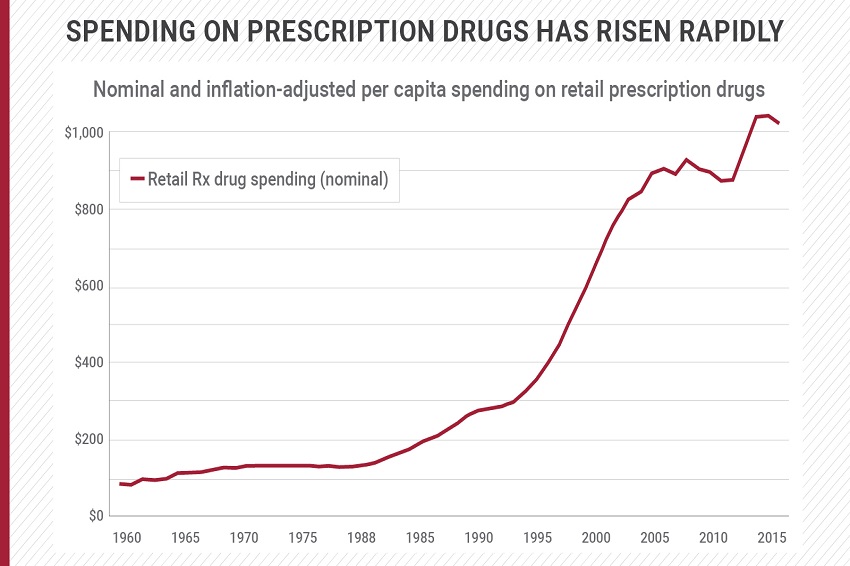
Introduction
Telemedicine, the remote diagnosis and treatment of patients using telecommunications technology, has transformed the healthcare industry. From its early beginnings to its current widespread use, telemedicine has evolved significantly, driven by technological advancements and the need for accessible healthcare. This article explores the history and development of telemedicine.
Early Beginnings
The concept of telemedicine can be traced back to the early 20th century when healthcare professionals started using telecommunications to provide medical advice. One of the first documented instances was in the 1920s, when radiologists transmitted X-ray images via telephone lines. This innovative use of technology laid the groundwork for future developments in telemedicine.
Mid-20th Century Advances
In the 1960s and 1970s, telemedicine began to gain more traction with the advent of television and satellite technology. Notably, NASA utilized telemedicine to monitor astronauts' health during space missions. This period also saw the establishment of telemedicine programs in remote and underserved areas, where healthcare access was limited. These programs used video conferencing and other technologies to connect patients with specialists in urban centers.
Technological Innovations
The late 20th and early 21st centuries witnessed rapid advancements in digital technology, significantly impacting telemedicine. The development of the internet, mobile devices, and high-speed data transmission revolutionized remote healthcare delivery. Secure video conferencing platforms, electronic medical records (EMRs), and mobile health applications enabled real-time consultations, remote monitoring, and efficient data sharing.
The Impact of the COVID-19 Pandemic
The COVID-19 pandemic served as a catalyst for the widespread adoption of telemedicine. With social distancing measures and overwhelmed healthcare systems, telemedicine emerged as a vital solution for maintaining continuity of care. Regulatory barriers were relaxed, and reimbursement policies were updated to facilitate telehealth services. As a result, telemedicine became an integral part of healthcare delivery, with millions of virtual consultations conducted worldwide.
Current State and Future Prospects
Today, telemedicine is a rapidly growing field with a broad range of applications. It encompasses teleconsultations, remote patient monitoring, telepharmacy, and even telesurgery. Artificial intelligence (AI) and machine learning are being integrated into telemedicine platforms to enhance diagnostic accuracy and personalize treatment plans. Wearable devices and the Internet of Things (IoT) are also playing a crucial role in continuous health monitoring and data collection.
The future of telemedicine looks promising, with ongoing advancements in technology and increasing acceptance among healthcare providers and patients. Efforts are being made to address challenges such as data security, interoperability, and ensuring equitable access to telehealth services. As telemedicine continues to evolve, it holds the potential to revolutionize healthcare delivery, making it more efficient, accessible, and patient-centered.
Conclusion
The evolution of telemedicine is a testament to the transformative power of technology in healthcare. From its humble beginnings to its current state as a mainstream healthcare delivery method, telemedicine has significantly impacted the way medical services are provided and accessed. As we move forward, continued innovation and collaboration will be essential to fully realize the potential of telemedicine and create a more connected and efficient healthcare system.






Leave a Reply
Your email address will not be published. Required fields are marked *